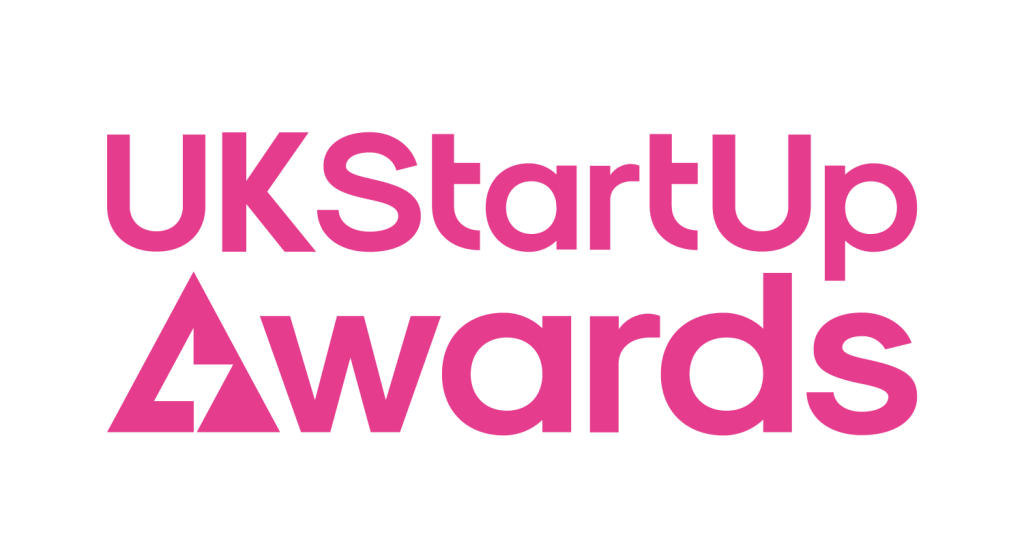Pronouns serve as a way for individuals to express their gender identity, as well as to be referred to in a manner that aligns with how they see themselves.
Pronouns are words used to refer to someone in place of their name. Commonly used pronouns include he/him, she/her, and they/them. Pronouns serve as a way for individuals to express their gender identity, as well as to be referred to in a manner that aligns with how they see themselves.
Non-binary and gender fluid individuals do not identify as solely male or female. They may use gender-neutral or non-binary pronouns, such as they/them, in order to express their gender identity. Gender fluid individuals may also identify as having a fluid or changing gender identity, which may not fit into traditional male/female binary categories.
Using correct pronouns is a sign of respect and helps promote inclusivity in the workplace. All employees should be addressed in a manner that aligns with their gender identity, regardless of whether they identify as binary or non-binary, and regardless of the gender they were assigned at birth.
As a business leader, it is essential to educate yourself and your employees on the importance of using pronouns correctly. This guide provides easy steps for promoting a workplace culture of understanding and respect.
- Educate yourself: Start by educating yourself on the different types of gender identities and the importance of using correct pronouns. This can be done through online resources, workshops, or by speaking with experts in the field.
- Ask for preferences: When meeting someone new, ask them about their preferred pronouns. This can be done in a straightforward and respectful manner, by simply asking “What pronouns do you prefer to be addressed by?”.
- Lead by example: As a leader, your actions speak louder than words. By consistently using correct pronouns, you set a positive example for others to follow.
- Make it a workplace policy: Make the use of correct pronouns a formal part of your workplace policy. This can be done by including it in your employee handbook, and regularly discussing it during training and team meetings.
- Create a supportive environment: Encourage open and respectful conversations about the use of pronouns in the workplace. This can be done through regular training sessions, team-building activities, and by promoting a culture of understanding and acceptance.
By taking these simple steps, you can create a workplace culture that is respectful, inclusive, and promotes a sense of dignity for all employees. By using correct pronouns, we can move beyond misunderstandings and towards a culture of respect and understanding in the workplace.



























